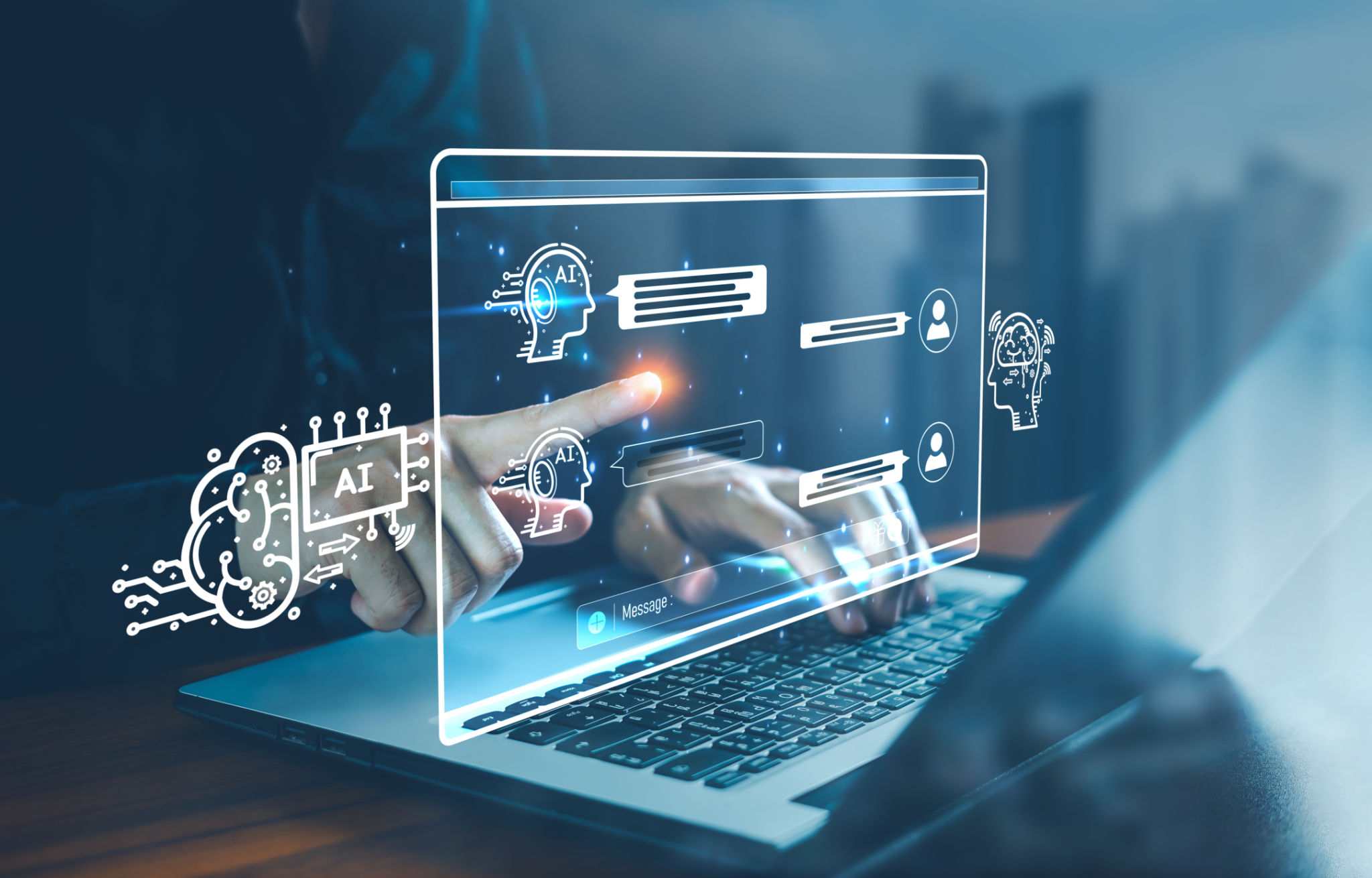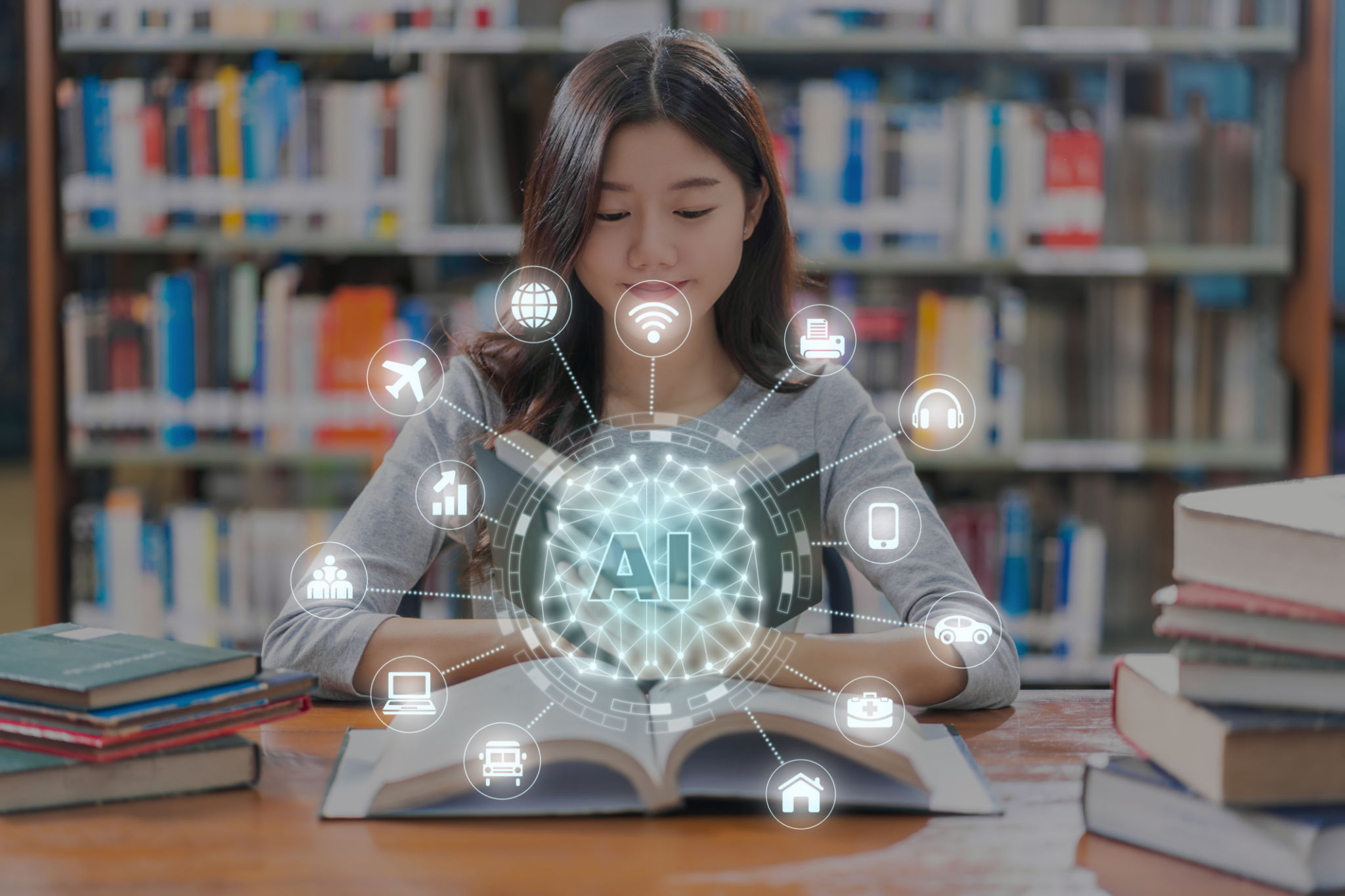Understanding AI Training: A Beginner’s Guide
What is AI Training?
Artificial Intelligence (AI) training is a crucial step in the development of machine learning models. It involves feeding data into an AI algorithm so that it can learn and make accurate predictions or decisions. This process helps machines mimic human intelligence by understanding patterns and correlations in large datasets. The ultimate goal is to produce models that can perform tasks independently and accurately.
AI training is fundamental in various applications, from autonomous vehicles to voice recognition systems. It's what enables your smartphone to understand voice commands or recommend personalized content based on your viewing habits. Understanding this process is essential for anyone interested in the future of technology.

The Basics of AI Training
At its core, AI training involves three main components: data, algorithms, and computational power. Data serves as the foundation of AI training, providing the necessary information for the algorithms to learn. Algorithms are the mathematical formulas that process the data and extract patterns. Lastly, computational power refers to the hardware resources needed to perform the complex calculations involved in training AI models.
Training begins with a dataset that is split into two parts: the training set and the test set. The training set is used to teach the model, while the test set evaluates its performance. This ensures that the model can generalize its learning to new data, not just memorize the training set.
Types of AI Training
There are several types of AI training methods, each suited for different tasks:
- Supervised Learning: This involves training the model on a labeled dataset, where the input-output pairs are known. It's commonly used in applications like spam detection and image recognition.
- Unsupervised Learning: Here, the model is trained on data without explicit labels. It's used for clustering and association tasks, such as customer segmentation.
- Reinforcement Learning: This method trains models through trial and error, rewarding correct actions. It's used in robotics and game development.

The Role of Data in AI Training
The quality of data is paramount in AI training. Without accurate, relevant data, models cannot learn effectively. Data must be clean, representative, and balanced to prevent biases that could lead to inaccurate predictions.
Data preprocessing is a critical step that involves cleaning and organizing raw data before feeding it into the model. This may include handling missing values, normalizing scales, and encoding categorical variables. Properly processed data ensures that the model can learn efficiently and effectively.
Challenges in AI Training
AI training comes with its own set of challenges. One major challenge is overfitting, where a model learns the training data too well, including noise and outliers, leading to poor performance on new data. Techniques like cross-validation and regularization are employed to combat overfitting.
Another challenge is ensuring ethical AI development. Bias in training data can lead to biased models, perpetuating stereotypes and unfair treatment. Developers must strive for diversity and fairness in their datasets to create ethical AI solutions.

The Future of AI Training
As technology advances, AI training continues to evolve. The development of more efficient algorithms, increased computational power, and larger datasets are paving the way for more sophisticated AI models. Innovations like transfer learning and federated learning are making it possible to train AI more efficiently by leveraging pre-trained models and decentralized data sources.
The future of AI holds immense potential, from healthcare breakthroughs to smarter cities. By understanding the basics of AI training, individuals and businesses can better prepare themselves for a future where AI plays an integral role in everyday life.